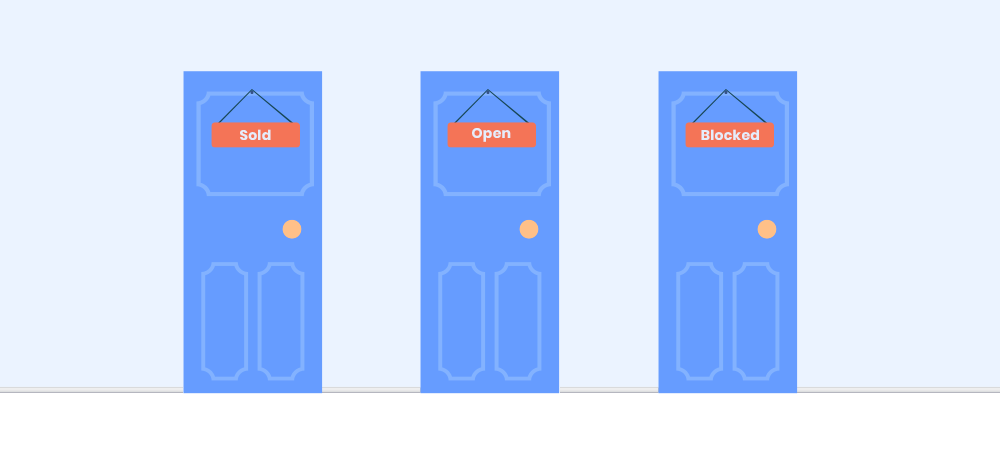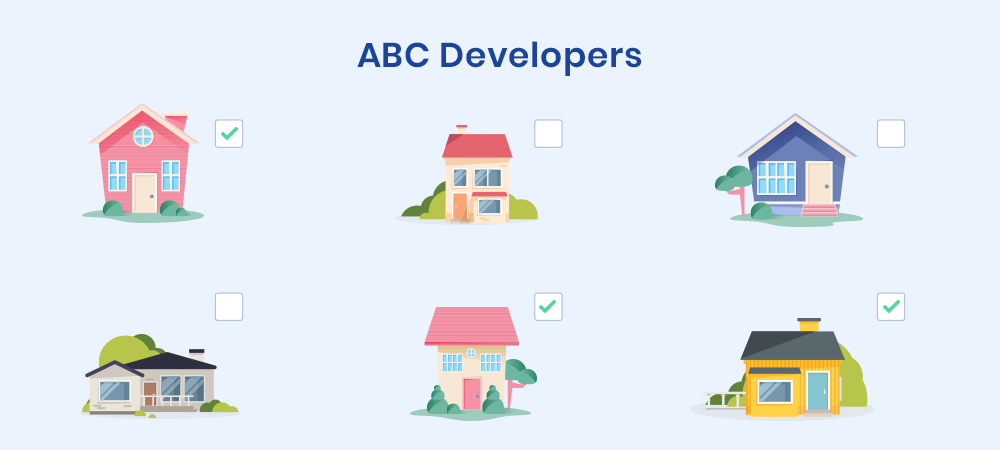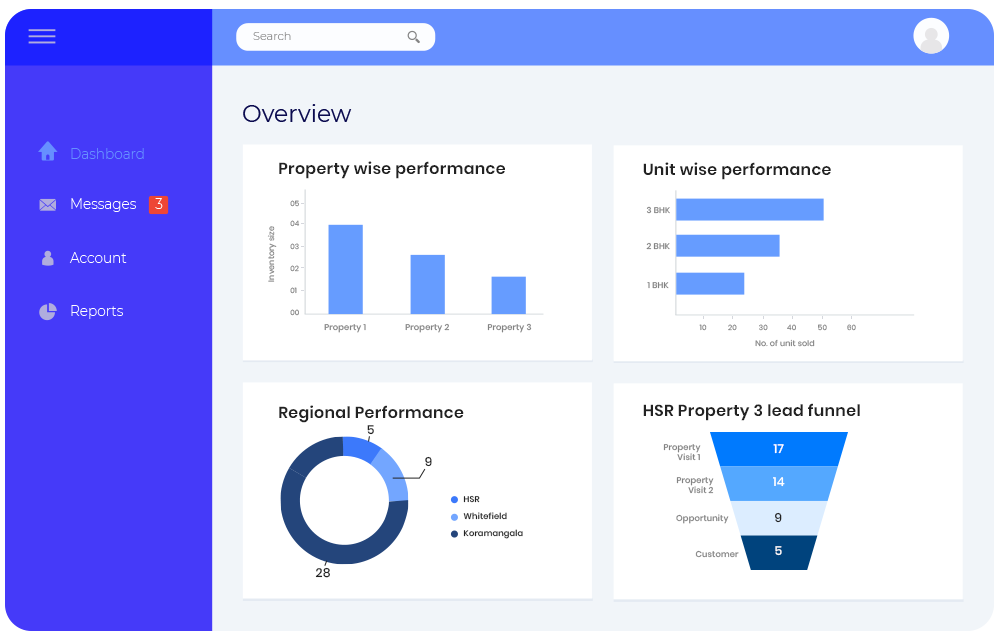- Home
- Learn
- Real Estate
- What is Real Estate Inventory? How to Manage it well?
REAL ESTATE
What is Real Estate Inventory? How to Manage it well?
Contents

Properties follow the concept of supply and demand in a similar way that most products do, but buying real estate is a major milestone for many people. However, the year 2020 was a speed bump for property sales. People were not sure about buying a house anymore. Then what happened to the supply? The developers […]

Properties follow the concept of supply and demand in a similar way that most products do, but buying real estate is a major milestone for many people. However, the year 2020 was a speed bump for property sales. People were not sure about buying a house anymore. Then what happened to the supply?
The developers were left with a lot of properties on their hands and with fewer people buying, it started piling up. In March 2020, real estate developers were sitting on 45 months of units to sell. And, by September 2020, it had increased to 57 months of units (Source: ET). But things were moving ahead.
There was a steady increase in property demands in Q3-Q4 of 2020, and now we can see the same trend in Q1 of 2021. The Indian government is also reviving real estate through deduction benefits in the affordable housing sector and the year-long tax holiday.
Digitization was another influencer here, bridging the gap in the real estate sales and management processes.

All these efforts are being taken to incentivize demand and smoothen the supply, which in this case is the unsold property or the inventory. So, how can you, as a developer, ensure that you can make the most of these emerging trends? How can you manage your inventory better?
Read on to find out!

Inventory in residential and commercial real estate refers to the number of unsold units of property. For aggregators, inventory may also include properties that are to be rented and have no occupants momentarily.
On average, property development is a long and tedious process. So, developers must create a detailed development plan for the project. It includes all aspects of the project launch, initiation, and completion. A key ingredient in this plan is demand forecasting or demand planning. Many factors influence the planning like:
Based on these factors, the developer decides the design and number of units in the property. This is inventory. Now, there are a few ways in which you can measure inventory levels such as:

Real estate inventory management is a practice that utilizes insights from various operations and uses the data to improve property management. Since real estate is a capital-intensive segment, developers need to ensure constant cash flow through sales. Hence, developers employ inventory management practices to remove any inconsistencies from their sales pipeline.
Many developers draw insights in an offline manner. Let us take an example to understand this. During the home buyer journey, an individual requests property visits to gather experience about the projects. On-site agents are responsible for giving them a tour of their future home. Once the buyer shows interest in a unit, the agents would then block that unit for a token amount. These on-site sales agents are also responsible for relaying all property-related data to administrators.
These details are registered with the administrator and influence the sale of other units. Once blocked, the unit is held for the buyer for a limited period and would be off-limits to other buyers. The buyer must complete the documentation if he/she wants to take the deal ahead.

There are a host of difficulties that developers often come across with the offline method:
Overcoming all the above bottlenecks requires a synergy between paperwork, planning, marketing, and selling. Thus, doing all four parts right is the key to a successful inventory management process. A solution that connects your call-center CRM, marketing automation, field sales, and inventory can help with higher property sales.
Moreover, previous data about customer behavior and using it to draw a timeline or plan solutions can play a critical role. For example: In India, customer sentiment dictates real estate sales. Various astrological beliefs and the auspiciousness of events can be the seed of such behavior. Launching any projects around such occasions may lead to higher absorption rates than during any other time of the year.
You can get higher accuracy while planning demand or devising marketing strategies with such data. Hence, many developers want to have a greater degree of insight into their real estate inventory.

Inventory is very intrinsic to sales and having too much or too little of it can create many inconsistencies in the sales pipeline. As a developer, you do not want to commit to any deal without the required inventory. Undoubtedly, the need for a robust inventory management solution is another force driving this digital transformation.
An inventory management module plugged into a sales execution platform or a mobile CRM can be a game-changer. The advantages of an integrated 360-degree system come in various forms like:
The Indian government aims to push many citizens under the PMAY umbrella. These reforms will also ensure that developers can sell more. Hence, developers must leverage this opportunity and adopt tools to manage their real estate sales better.
LeadSquared Real Estate CRM with its inventory management module can help you do that. Book your demo now!
Mayank is a Product Marketer at LeadSquared. He is always on the lookout for the latest financial trends that influence the global lending market. You can connect with him on LinkedIn or write to him at mayanknath.jha@leadsquared.com.
(+1) 732-385-3546 (US)
080-47359453 (India Sales)
080-46801265 (India Support)
62-87750-350-446 (ID)
(+971)-553-353-122 (UAE)

 Credit Union Membership Growth Strategies for 2025
Credit Union Membership Growth Strategies for 2025